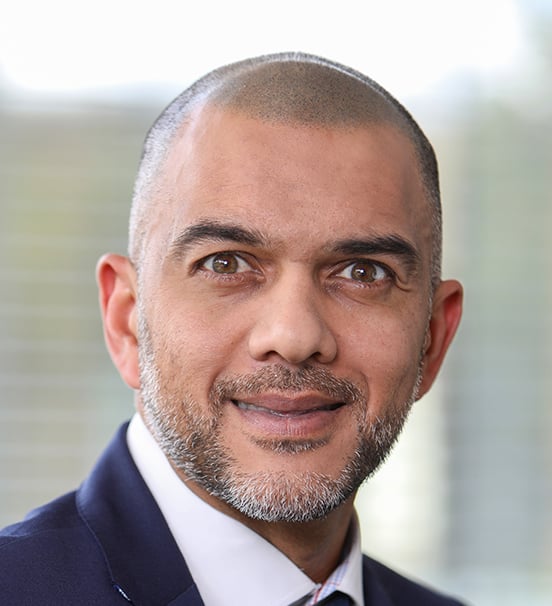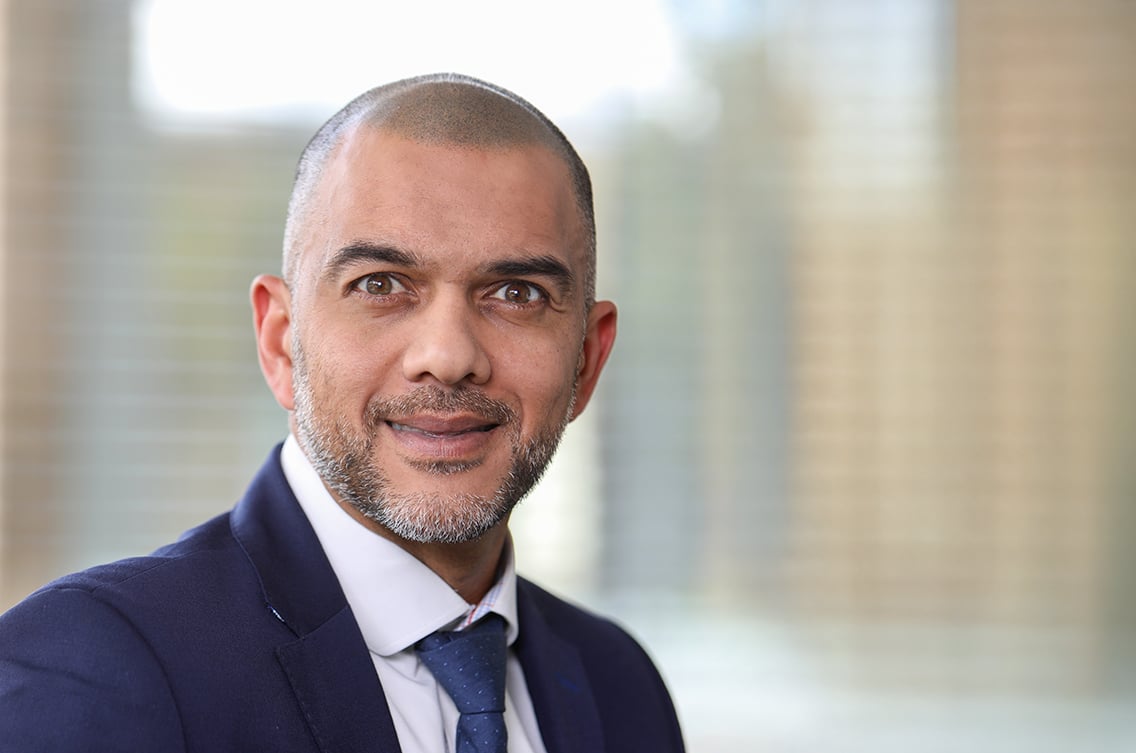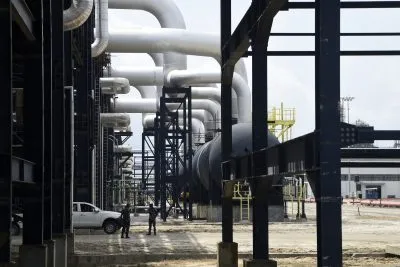This article was produced with the support of Standard Bank Corporate and Investment Banking
Earlier this year, South Africa’s Just Energy Transition (JET) was left with a $1bn funding gap after the US’s withdrawal from the partnership. However, instead of stalling the continent’s climate change initiatives, a story of resilience, innovation, and increasingly sophisticated financial structuring is emerging.
The continent’s approach to its energy transition has always been uniquely African and the renewable energy sector and stakeholders responded with a sense of urgency and innovation. Unlike developed markets with established grid infrastructure, African countries are leveraging their energy challenges as opportunities for leapfrogging. Countries that never had comprehensive generation capacity are now building renewable-first energy systems, while nations with ageing coal infrastructure are pioneering decommissioning and decarbonisation strategies that integrate renewable alternatives.
Gas has emerged as a critical transition fuel, particularly in regions with limited renewable-energy potential. In West Africa, where large-scale solar opportunities are constrained compared to southern Africa, gas is replacing diesel generators while providing energy security for growing populations. This pragmatic approach balances transition goals with the immediate reality that over 600m Africans still lack energy access.
Resilience in the face of global disruption
US President Donald Trump’s decision to exit South Africa’s Just Energy Transition partnership reduced total pledged funding from $13.8bn to $12.8bn, triggering concerns about project cancellations and delayed timelines for coal plant decommissioning. However, the European Union, United Kingdom, Japan, and Canada have reaffirmed their commitments, with the European Union announcing a Global Gateway Investment Package worth €4.7bn, largely focused on South Africa’s clean energy transition.
More significantly, African leaders are calling for expanded regional and South-South finance, pushing institutions like the Green Climate Fund and the African Renewable Energy Initiative to assume greater leadership roles.
The World Bank-linked Climate Investment Fund’s recent approval of the next phase of South Africa’s coal-exit plan unlocked R47bn ($2.6bn) in funding. Beyond capital deployment, this milestone demonstrates the evolution of blended finance structures that combine grants, concessional loans, and private investment to create commercially viable pathways for large-scale infrastructure development.
Collaboration between the public and private sector is growing stronger and stronger. Critically, these frameworks maintain public sector involvement, with governments playing a crucial role in creating enabling policy frameworks that allow the private sector funders in these collaborative partnerships to balance commercial returns with developmental impact.
Investment is already flowing into base infrastructure (supporting critical mineral extraction in countries like Zambia, Zimbabwe and the DRC), direct generation assets including utility-scale solar and wind farms, grid-scale battery storage to address renewable intermittency, transmission infrastructure to connect remote generation to demand centres, and off-grid systems serving communities beyond traditional grid reach.
As of 2025, Standard Bank Corporate and Investment Banking (CIB) had participated in over 12,000MW of closed deals across the continent, spanning utility-scale projects through programmes like South Africa’s Renewable Energy Independent Power Producer Procurement Programme (REIPPPP), distributed generation, supporting energy traders and aggregators and battery storage initiatives. These transactions reflect an expanding market where innovative financing structures are becoming the norm rather than the exception.
The evolution of financial partnerships
Financial institutions are fundamentally reimagining their role in Africa’s energy transformation. The traditional model of banks as simple capital providers has evolved into something far more sophisticated. Today’s energy finance requires institutions to serve as facilitators, partners, and innovators who understand regulatory frameworks, build multi-relationships with government, private sector stakeholders, DFIs and multilaterals, and structure deals that don’t yet have precedent.
Standard Bank CIB’s presence across 20 African markets provides crucial advantages in this environment. Cross-border energy transactions, such as the innovative South Africa-Zambia electricity trading structure that facilitated the easing of Zambia’s 18-hour load-shedding schedule, require deep local relationships and regulatory expertise across multiple jurisdictions. These complex, first-of-their-kind partnerships demonstrate how financial institutions are becoming ecosystem builders rather than mere transaction facilitators.
We believe that liberalising energy grids represents the most transformative energy sector development. It has been enabled by supportive government policy change that has sparked innovation, attracted private sector capital, and fast-tracked the energy transition.
Aggregation models, which take advantage of such grid liberalisation, allow independent power producers to supply electricity to various off-takers, creating scale and flexibility that single-asset deals cannot achieve. Countries like Ghana, Uganda, Mozambique, and Tanzania are all progressing toward similar frameworks, building on South Africa’s implementation of aggregation structures and each adapting the model to their specific regulatory and economic contexts.
Africa’s energy future
As Africa’s energy transition enters a new phase, success in achieving its energy commitments will require ecosystems built on local presence, regulatory expertise, and innovative financial structures.
Regional integration is becoming increasingly sophisticated with cross-border renewable energy and gas infrastructure projects that create opportunities for countries to leverage their comparative advantages. East Africa’s abundant hydro and geothermal resources, West Africa’s gas reserves, and Southern Africa’s solar and wind potential are evolving to complement each other through improved transmission networks and innovative trading mechanisms.
Deployment and sector evolution are occurring at an unprecedented pace. Markets that historically required decades to develop basic energy infrastructure are now implementing advanced systems in far tighter timeframes. The regulatory frameworks and financing structures developed in South Africa are being adapted and deployed across the continent within years rather than decades.
The bankability challenge, which has been a primary constraint in attracting private capital for years, is being addressed through more sophisticated risk allocation across stakeholders. Financial institutions like us play greater roles in helping public sector clients develop projects that meet commercial investment criteria and relieve the funding pressure on already overstretched government budgets. At the same time, blended finance structures allow private capital to participate in projects alongside developmental finance institutions and multinationals and to serve developmental and commercial objectives without compromising investors.
As the largest bank on the continent driving Africa’s move to less carbon-intensive power sources, Standard Bank CIB is firm on including local industry stakeholders based in the markets where projects are undertaken. We use our on-the-ground presence to mobilise local banks and capital providers. We also focus on finding multicurrency solutions that seek to mobilise local currency rather than relying solely on hard currency.
From Ghana’s renewable energy fund, Kenya’s updated climate commitments, Uganda’s grid-scale solar projects, and Mozambique’s integrated gas-renewable strategy, countries on the continent are building African solutions for African challenges, supported by partners who understand that sustainable development requires commercial viability and developmental impact.
More information available here.

 Sign in with Google
Sign in with Google 



